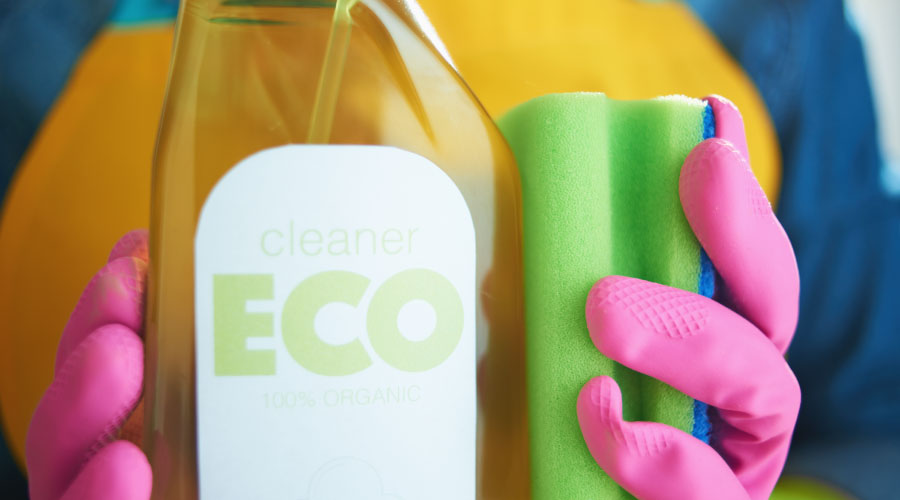Less Obvious Systems To Consider in Pursuing Water Efficiency
In commercial real estate, water efficiency considerations naturally touch on the efficiency of fixtures such as toilets and faucets. What are other important, but perhaps less obvious, areas and systems facility managers should examine in pursuing water efficiency at their facilities?
Fixtures like toilets and faucets tend to make up around 30 to 40 percent of total water use in a commercial facility, according to EPA WaterSense. This means there are other important water uses to consider when trying to improve the water efficiency of a facility. The more significant of these opportunities are each summarized in more detail below.
Landscape Irrigation: Outdoor water use for landscape irrigation can contribute an additional 5 to 30 percent of total water use for a facility. There are a number of ways to reduce landscape water use including better management of irrigation controls to only irrigate when needed and also considering turf replacement with less water intensive landscape material.
Mechanical Equipment (Heating and Cooling): Water use required to supply building heating, ventilation, and air-conditioning (HVAC) systems will vary based on the equipment used but can account for up to 30 percent of total water use in a facility. The first water savings opportunity here is to eliminate once-through cooling at the facility. Additionally, adjusting the cycles of concentration for any cooling towers at the facility to ensure water is being used as efficiently as possible is another opportunity for savings. Finally, reusing HVAC condensate and cycling it back through the system should be considered as an opportunity to reduce water use.
Alternative Water Sources: In addition to reusing HVAC condensate as mentioned above, there are other opportunities to consider for alternative water supplies and water reuse to reduce the amount of potable water used at the facility. Examples could include rainwater/stormwater and treated greywater from sources such as handsink wash water and laundry facilities.
Water Using Appliances (Kitchen and Laundry): Replacing old water using equipment at a facility with water-efficient options can result in significant water and energy savings. Types of equipment to consider for replacement include dishwashers, ice machines, steam cookers, and laundry machines.
Leak Detection and Repair: Because they can be hidden within the baseline water use for a facility, leaks can many times be very difficult to detect but can be a significant opportunity for savings. Different approaches for detecting leaks can include submetering, isolating abnormal spikes in water use identified on a utility bill, and developing a water balance, trying to match inventoried water uses with billed water use.
Answers provided by Becky Fedak, PE, Engineer, with Brendle Group, a sustainability consulting firm based in Fort Collins, Colorado.
Related Topics:














